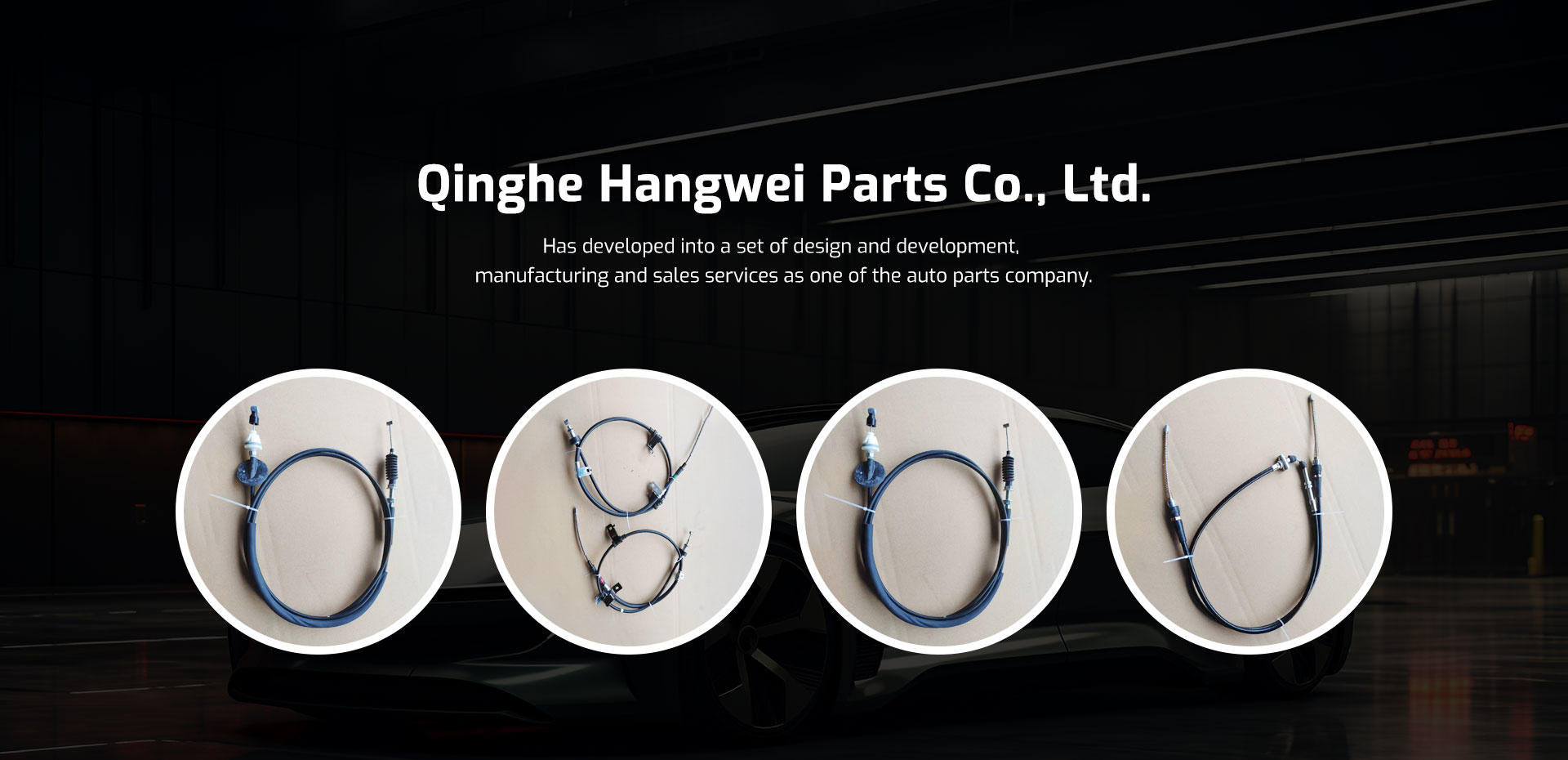hydraulic clutch pipe
Understanding Hydraulic Clutch Pipes An Essential Component in Modern Vehicles
In the realm of automotive engineering, the hydraulic clutch system is a vital component that ensures smooth gear transitions in manual transmission vehicles. At the heart of this system is the hydraulic clutch pipe, an often overlooked yet crucial element that plays a significant role in the overall functionality of the clutch mechanism. This article will delve into the purpose, function, and importance of hydraulic clutch pipes, as well as provide insights into maintenance practices to ensure their longevity and efficiency.
The Role of the Hydraulic Clutch System
To appreciate the importance of the hydraulic clutch pipe, it is essential first to understand how the hydraulic clutch system operates. In a typical manual transmission setup, the clutch allows the driver to disengage the engine from the wheels, enabling gear changes without damaging the transmission. When the driver presses the clutch pedal, the movement activates the master cylinder, which generates hydraulic pressure. This pressure travels through a system of pipes, including the hydraulic clutch pipe, to the slave cylinder, which then disengages the clutch.
The hydraulic clutch pipe is responsible for transferring this pressurized fluid between the master and slave cylinders. Made from durable materials such as rubber or metal, these pipes must withstand high pressure and a wide range of temperatures. Any failure in this system can lead to significant problems, including clutch slippage or complete failure to engage or disengage the clutch.
Materials and Design
Hydraulic clutch pipes are engineered using materials that can resist wear and tear. Rubber hoses are commonly used for flexibility and ease of installation, while metal pipes offer enhanced durability and resistance to corrosion. The design of these pipes is also critical; they typically feature reinforced layers to handle the hydraulic pressure without bursting or leaking.
Additionally, the configuration of the pipes is tailored to each vehicle's specific requirements. Factors such as the routing of the pipe within the engine bay, proximity to heat sources, and vibration points are carefully considered during design to minimize wear and ensure reliable operation.
hydraulic clutch pipe

Common Issues with Hydraulic Clutch Pipes
Despite their robust construction, hydraulic clutch pipes can encounter several issues over time. One of the most prevalent problems is fluid leakages, often caused by cracks or damage to the pipe itself. As brake fluid or hydraulic fluid leaks out, the pressure within the system decreases, leading to poor clutch performance.
Another common concern is the condition of the fluid within the system. Over time, the hydraulic fluid can become contaminated with moisture or debris, which can corrode internal components and lead to further issues. Regular maintenance, including checking fluid levels and quality, is essential to prevent these problems.
Maintenance and Replacement
To ensure the longevity of the hydraulic clutch system, regular inspections of the hydraulic clutch pipe and associated components are vital. Drivers should look for any signs of fluid leakage, deterioration, or cracks in the pipe. Additionally, it is advisable to periodically check the hydraulic fluid for signs of contamination or degradation.
In the event that a hydraulic clutch pipe does need replacement, it is crucial to use high-quality parts that meet manufacturer specifications. Poor-quality components can lead to recurring issues and ultimately compromise vehicle safety and performance.
Conclusion
The hydraulic clutch pipe, while often unnoticed, is a critical aspect of manual transmission vehicles. Its role in transferring hydraulic pressure allows for seamless gear changes, enhancing the driving experience. By understanding the importance of this component and maintaining it properly, drivers can ensure the longevity and reliability of their vehicle’s clutch system. Regular inspections, prompt attention to leaks, and quality replacements will not only improve performance but also contribute to overall driving safety. As technology continues to evolve, the role of the hydraulic clutch pipe remains indispensable in the pursuit of efficient and reliable vehicle operation.
-
Workings of Clutch Pipe and Hose SystemsNewsJun.04,2025
-
The Inner Workings of Hand Brake Cable SystemsNewsJun.04,2025
-
The Secrets of Throttle and Accelerator CablesNewsJun.04,2025
-
The Hidden Lifeline of Your Transmission Gear Shift CablesNewsJun.04,2025
-
Demystifying Gear Cables and Shift LinkagesNewsJun.04,2025
-
Decoding Clutch Line Systems A Comprehensive GuideNewsJun.04,2025
